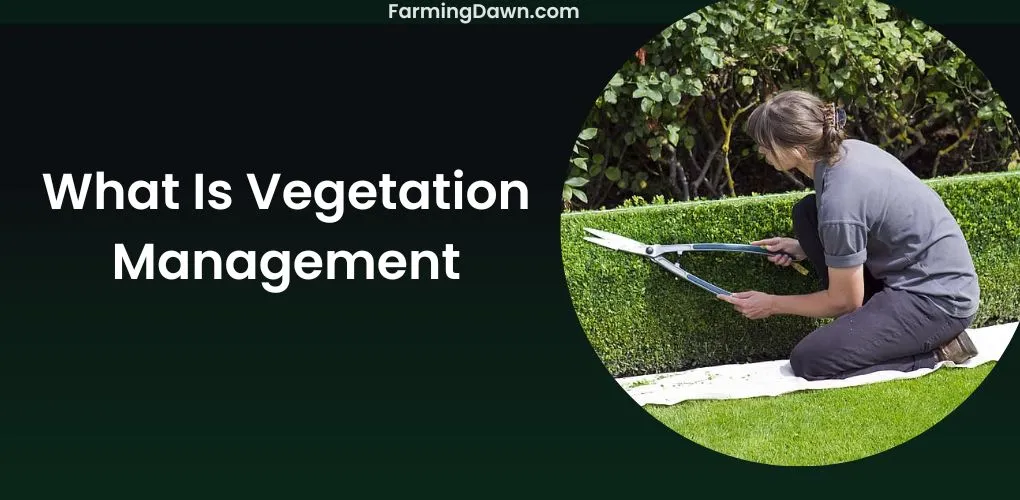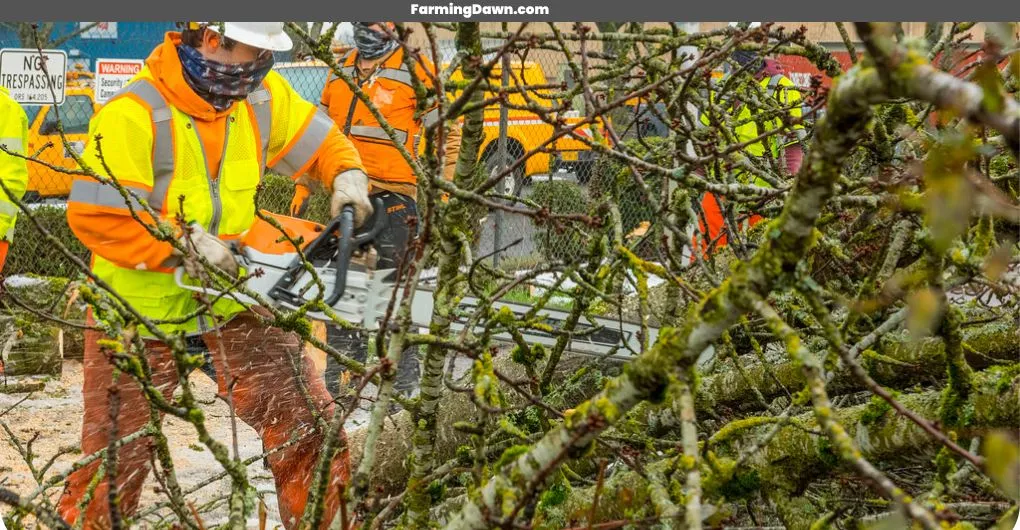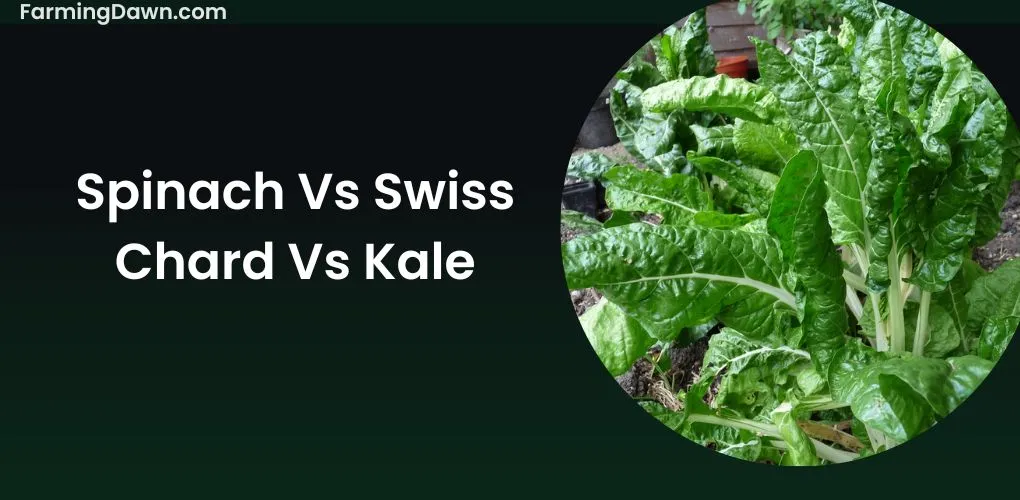Vegetation management is an important part of keeping our environment healthy and safe. It’s a practice that helps protect the natural beauty of our planet, while also ensuring that we can enjoy it at its fullest capacity. But what exactly is vegetation management?
In this article, I’ll explain the basics so you can get a better understanding of how it works and why it matters. With proper maintenance, managing vegetation can help improve air quality and water resources as well as reduce fire risk – all essential components for preserving our environment’s integrity!
What Is Vegetation Management?
Vegetation management is like a gardener tending to their plants. It is an integrated process of managing vegetation through practices such as setting goals, assessing conditions, and carrying out activities in order to maintain the desired balance between plant life and human needs.
Basically, it involves managing plant life to ensure that ecosystems remain balanced and sustainable. This includes controlling invasive species, planting native plants for biodiversity, thinning out the overgrowth, removing deadwood or diseased trees, and providing healthy habitats for wildlife.
Vegetation management relies on knowledge and understanding of natural areas, in terms of how they function, interact with people, and provide services that benefit human communities.
Plant life must be managed responsibly so that it can continue to provide the benefits our society has come to rely upon – from clean air, water, food, and shelter for wildlife species; to recreational opportunities for humans.
We have a responsibility to ensure that future generations are able to experience these wonders too. To achieve this goal we need Integrated Vegetation Management which takes into account the striking balance between nature’s needs and those of humankind.
Note: The methods of Integrated Vegetation Management is discussed in detail below.
This approach focuses on preserving native habitats while also allowing carefully planned development within them — all without compromising either party’s interests or potential growth. By doing so, everyone wins!
What Is Vegetation Management Process?
Generally managing vegetation is carried out through these 4 steps:
- Pruning
- Thinning
- Planting
- Removing Certain Types Of Plants
Now, let’s discuss them one by one.
Pruning
Pruning can help to maintain desired shapes, remove dead or dying branches, increase air circulation within the canopy, reduce shade, and promote fruit production in trees.
Professional vegetation management companies near me and you should be consulted when attempting complex pruning tasks. Based on my research, there are several services that have become industry standards:
- PGE Vegetation Management is widely recognized for its expertise in maintaining landscapes
- Vege Management specializes in solar farm vegetation management as well as SMUD vegetation management
- Bayer Vegetation Management offers roadside control with enhanced vegetation management options.
Taking proactive steps towards managing your environment will not only make it look nicer but also provide additional health benefits such as reduced allergens and improved air quality. Ultimately, this helps create a better habitat for everyone around us!
Thinning
According to IBEW 1245, one of the leading vegetation management unions in California, it’s estimated that up to 90% of all outages are attributed to trees or plants coming into contact with electrical equipment. Thinning can be one way to reduce this risk.
Through thinning, we’re able to target certain trees and shrubs near our lines, reducing the chances of them impacting service reliability while also enhancing plant health.
Planting
Vegetation Management involves a number of key tasks to keep the environment healthy: planting, pruning, weeding, and monitoring.
Planting is an important part of keeping vegetation thriving in any region – it’s not just about putting trees or shrubs into the ground; there are many more considerations to take when starting a successful plantation. Here’s what you need to do for a successful plantation project:
- Select the right type of plants for the specific area.
- Prepare the soil so that it can sustain plant life.
- Observe proper spacing between plants for optimal growth.
Before planting, you need to understand that every region has its own unique requirements for optimum plant health. That’s why I always suggest working with experienced staff who work hard with local resources like nurseries and suppliers to provide the best selection of appropriate species for your location.
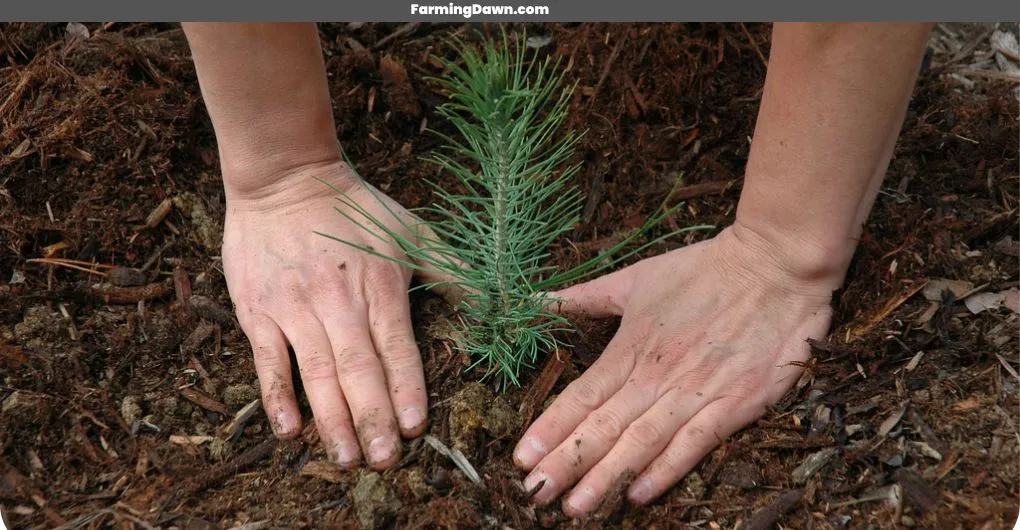
Removing Certain Types Of Plants
After planting a beautiful and vibrant array of plants, one must also consider removing certain types of plants. Whether it’s due to overgrowth or age-related concerns, utility vegetation management companies can be consulted for help on this matter.
Pruning and trimming are essential parts of the process; however, if more drastic measures have to be taken then replanting may need to occur in order to bring balance back into the garden.
It is important to remember that each type of plant has its own unique needs when it comes to maintenance so consulting experts in this field can provide invaluable insight that will result in a lush and thriving landscape that everyone can enjoy.
Therefore, even after all the hard work put into planting, make sure you take the necessary steps towards responsible removal as well.
Benefits Of Vegetation Management
Managing vegetation provides benefits to our ecosystems and to our utility companies. It is an essential part of every source utility, as well as many other utility companies.
By maintaining a safe distance between vegetation and electrical lines, service can be maintained more efficiently and effectively while also reducing outages due to storms.
The following are some benefits of effective vegetation management for utilities:
- Improved safety by preventing downed wires and arcing caused by tree limbs
- Guaranteed reliable electric service even during severe weather
- Reduced wildfire risk from untended foliage
- Increased cost savings due to proactive maintenance instead of emergency repairs
- Minimized damages like property loss through prevention rather than a response
Vegetation management allows utilities to provide better customer service with fewer interruptions in their services. As a result, customers have improved trust in their local utility company’s ability to deliver consistent levels of electricity without any disruptions.
It helps enhance operational efficiency which leads to significant long-term cost reductions for both the customer and the utility provider alike. While providing benefits to utility, management of vegetation also helps to improve our ecosystem and provide better life throughout life. There are the following benefits of this management:
- Improved Water Quality
- Reduced Risk Of Wildfires
- Improved Habitat For Wildlife
- Increased Crop Yields
- Improved Land Values
- Recreational Opportunities
Now let’s discuss these points one by one.
Improved Water Quality
Vegetative management has become increasingly vital in recent years as climate change continues to affect many parts of the world. By managing vegetation properly, we can help protect our water sources from pollution and other contaminants that can have serious consequences on local ecosystems.
With proper management practices, we can ensure that our waterways remain clean and healthy for generations to come. We all have an obligation to take part in improving water quality through effective vegetation management so that future generations will be able to enjoy its benefits.
Reduced Risk Of Wildfires
Vegetation management is a crucial element in reducing the risk of wildfires. A notable example occurred in California, where roadside vegetation was managed appropriately to protect nearby communities from fires caused by dry conditions and lightning strikes.
By thinning out trees and encouraging growth at higher elevations, firefighters were able to slow the spread of flames that threatened homes.
Prescribed burns can also be used to reduce fuel loads near roadsides and other areas with high human activity. This type of controlled burning removes dead material that could otherwise spark a larger fire if left unchecked.
Also, strategic placement of buffers made up of non-flammable or slower-burning materials such as gravel helps prevent the movement of wildfire into more developed parts of an area.
Vegetation management must take place regularly to ensure community safety when it comes to potential forest fires. When done correctly, land managers are better equipped to handle any number of emergency situations related to wildland firefighting.
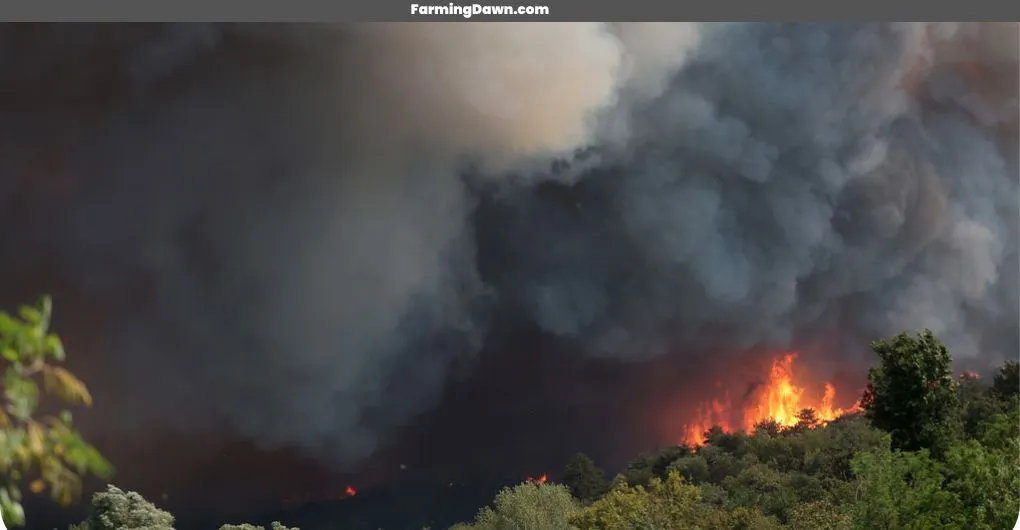
Improved Habitat For Wildlife
By managing vegetation in a way that benefits wildlife, we are able to make sure our environment is better suited for all life forms. Not only will this benefit humans but also other living things such as birds, insects, amphibians, reptiles, mammals, and fish.
Vegetation management involves activities such as planting native species or removing non-native ones; protecting existing trees; controlling weeds; encouraging natural regeneration; reducing grazing pressure; and establishing effective firebreaks.
All these activities result in improved habitats where wildlife populations have greater access to the resources they need to survive.
Increased Crop Yields
Managing vegetation is an essential step in the farming process that helps to maximize crop yield and reduce losses. As discussed before, it’s a method of controlling weeds, diseases, and pests so crops can thrive and reach their highest potential.
By taking all these factors into consideration, farmers are able to increase yields while reducing costs associated with tools and labor. Vegetation management creates a win-win situation for everyone involved; farmers get higher returns from their investments while consumers benefit from more affordable produce!
With this kind of efficient system in place, both parties can look forward to better harvests year after year – making it clear why vegetation management is so important in achieving sustained success on the farm.

Improved Land Values
Vegetation management is an important part of increased crop yield. It can help to increase the value of land, by making sure that plants are healthy and strong. By increasing their capacity for growth, vegetation management makes it easier to maximize the number of crops grown in a given area.
This means more profit potential for farmers and better yields overall. It also helps protect topsoil from erosion and increases water retention rates on farms, which keeps nutrients flowing back into the soil for future harvests.
Recreational Opportunities
Managing vegetation can provide many recreational opportunities such as:
- Relaxing walks through parks with manicured gardens.
- Fun outdoor activities like camping and picnicking in natural settings.
- Opportunities to observe wildlife in their habitat.
- Exploring new trails, and discovering hidden gems.
It’s easy to see how vegetation management can make your environment more enjoyable by creating beautiful spaces for relaxation and recreation. With careful consideration, you can turn even small areas into lush retreats full of life and beauty.
Whether you’re looking for peace and serenity or seeking adventure, there are plenty of ways to appreciate nature while taking advantage of its benefits.
Vegetation Management Companies
Companies that specialize in such services are called vegetation management companies. They can be found working for public utilities, railroads, oil & gas providers, and even electric cooperatives. Following are the companies that [provide services like vegetative management:
- Duke Energy.
- Pacific Gas & Electric (PG&E).
- Florida Power & Light (FPL).
- Southern California Edison (SCE).
Types Of Vegetation Management
There are 4 major types of vegetation management:
- Utility Vegetation Management.
- Post-Harvest Management Of Fruits And Vegetables.
- Integrated Vegetation Management.
- Beach Vegetation Management.
What Is Utility Vegetation Management?
It’s all about plant identification, pruning and clearing, and risk mitigation. We need to be able to identify plants correctly so we know how to manage them.
Pruning and clearing help us keep vegetation away from power lines, and risk mitigation helps us reduce potential hazards. By staying on top of this kind of thing, we can ensure that we’re not in danger. Let’s figure out what we need to do to stay safe.
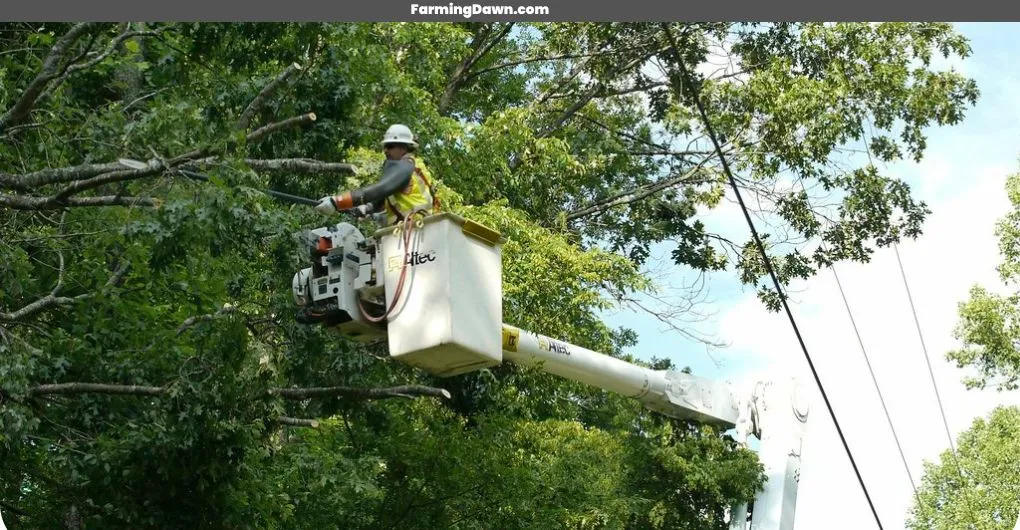
Plant Identification
Utility vegetation management is a critical element in ensuring the safety of power lines, and plant identification play an essential role in this process. Through careful observation and analysis, crews are able to recognize when plants have grown too close to electrical lines or may be prone to toppling due to high winds.
Identifying non-native species is essential because they can cause damage to natural ecosystems if allowed to spread unchecked. With these skills, workers are better equipped to ensure public safety and the health of our environment.
Plant identification is thus a fundamental skill for those involved with utility management – one which requires diligence, attention to detail, and expertise.
Pruning And Clearing
Once they have identified the plants, utility vegetation management teams must then decide how to manage them. Pruning and clearing are two of the most common methods for maintaining a safe distance between electrical lines and trees or other plants.
With pruning, crews can selectively remove only those branches that pose a risk, while clearing involves removing all vegetation in an area.
Both techniques require careful consideration as well as specialized tools and training; when done correctly, however, they can help create a secure space that allows us to feel safer from potential danger and more connected to our community.
Risk Mitigation
So, with the safety of our communities in mind, we must also consider risk mitigation. To do this, utility vegetation management teams take preventative steps to make sure plants don’t get too close to electrical lines and cause risks like fires or power outages.
By investing time into proper pruning and clearing techniques, these teams can create a secure space that helps us feel safe and connected to each other. Plus – it’s an awesome way for all of us to show how much we care about taking responsibility for our community!
What Is Post-Harvest Management Of Fruits And Vegetables?
Now, let’s talk about post-harvest management of fruits and veggies. It’s a process that includes the handling and storage of produce after the harvest.
Proper post-harvest handling is crucial to maintain the quality of the product and prevent spoilage. As for storage conditions, they need to be carefully monitored in order to keep the produce in optimal condition.
Post-Harvest Handling
After the harvest, fruits, and vegetables need to be carefully handled in order to ensure their freshness and quality. Post-harvest handling includes sorting and grading produce into different grades, packaging it for transport and storage, cooling it if needed, as well as inspecting it before leaving the farm or packinghouse.
All these steps must be taken with great care so that consumers can enjoy a safe and nutritious product – one that has been properly cared for from field to table!
As responsible stewards of our environment, it’s important we all take part in ensuring proper post-harvest management is implemented across the industry. After all, good food starts at the source!
Storage Conditions
So now that we know what post-harvest management of fruits and vegetables is, let’s talk about storage conditions. These are crucial for preserving the quality of fresh produce, as incorrect temperatures or humidity levels can cause irreversible damage to a product.
Temperature control is especially important in keeping bacterial growth at bay and maintaining optimal shelf life. Storing items separately from each other also helps reduce spoilage since some products emit ethylene gas which causes nearby produce to overripen quickly.
Therefore, it’s essential that farmers set up their storage facilities with enough space and proper temperature regulation if they want to keep their products safe, nutritious, and delicious!
What Is Integrated Vegetation Management?
The integrated vegetation management system is designed to help manage vegetation on a property in order to achieve a desired goal. The goal is usually to optimize the use of vegetation in an ecologically sustainable way.
Benefits can include improved soil quality and higher yields for farmers and land managers. Plus, it can help reduce the need for herbicides and other chemical treatments.
Goals Of Integrated Vegetation Management
The primary goal of integrated vegetation management is to maintain and enhance the landscape while balancing economic, ecological, and social objectives.
We’re talking about a system that looks at the big picture, how people interact with landscapes in ways that are both beneficial and detrimental; how humans use natural resources responsibly and sustainably; and ultimately, how nature can be managed so it remains healthy for generations to come.
It’s a complex process but one we must commit to if we want our planet to remain fruitful and vibrant over time.
The beauty of this kind of approach is its ability to create harmony between all components of an ecosystem, allowing us to protect valuable habitats, conserve biodiversity, reduce erosion, increase carbon sequestration potential, improve water quality, and much more – all without sacrificing human needs or values.
Benefits Of Integrated Vegetation Management
Integrated Management is not only important for the environment, but it also offers a variety of benefits to people. For one thing, it can help us make better use of natural resources while preserving our planet’s health and beauty.
It can also reduce erosion, improve water quality, increase carbon sequestration potential, and create harmony between all components of an ecosystem – ultimately allowing us to benefit from nature without sacrificing human needs or values.
By taking care of our environment through responsible Integrated Vegetation Management, we can ensure that both current and future generations will be able to enjoy the fruits of their labor!
What Is Beach Vegetation Management?
Beach vegetation management is the practice of managing and maintaining the vegetation on beaches. There are a few different types of beach vegetation management, like planting and harvesting, and using herbicides.
The benefits of beach vegetation management include improved beach health and aesthetic, and a decrease in erosion. Plus, it can help protect coastal habitats and improve recreational activities. Let’s discuss the types and benefits of beach vegetation in a little more depth.
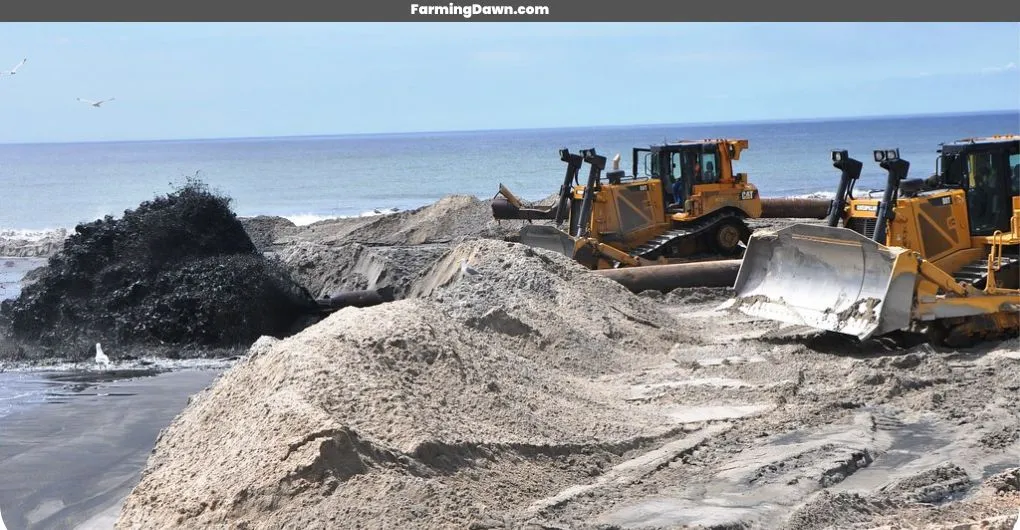
Types Of Beach Vegetation Management
Beach vegetation management involves a variety of techniques used to maintain and promote healthy beach plants. It’s important for both the environment and human enjoyment, as it helps keep beaches clean, safe, and attractive.
There are several types of beach vegetation management such as:
- Pruning back overgrown trees and shrubs
- Removing invasive species like seaweed or non-native plants
- Controlling erosion with sand fencing
- Planting native dune grasses and other coastal plants that can help stabilize the shoreline against storms.
Ultimately, these activities protect beachgoers from hazards while also improving the natural beauty of our beaches – so everyone wins!
Benefits Of Beach Vegetation Management
Beach vegetation management not only helps keep our beaches safe and attractive but has many other benefits as well.
It can help reduce shoreline erosion by planting native dune grasses and other coastal plants that protect beachgoers from hazards while also improving the area’s natural beauty. And with fewer invasive species like seaweed or non-native plants to compete with, local wildlife will thrive.
Pruning back overgrown trees and shrubs prevents overcrowding on the sand, making it easier for everyone to enjoy a peaceful day at the beach.
Effective Vegetation Management Strategies
Effective vegetation management requires knowledge of local ecosystems, an understanding of land-use patterns, accurate data collection and analysis, as well as creative problem-solving. Ultimately, these strategies help ensure healthy landscapes for generations to come.
Challenges Of Vegetation Management
The challenges of achieving successful vegetation management are manifold:
- Understanding the range of competing demands for limited resources.
- Striking a balance between environmental protection and human intervention.
- Ensuring that public safety considerations are taken into account when designing outdoor spaces.
It’s clear that creating an effective strategy to manage urban landscapes requires understanding both natural systems and human needs – from encouraging biodiversity to meeting recreational requirements.
By taking this holistic approach, it’s possible to ensure healthy vegetation cover while also delivering greater social benefits in terms of improved air quality, physical health outcomes, and psychological well-being for local residents.
Ultimately, striking the right balance between nature and humanity can help create better cities for everyone involved!
Take Away
The value of vegetation management can not be understated. It is an essential tool for keeping our environment healthy and vibrant, while also protecting the safety of us all.
As we explore different types of vegetation management, like pruning, thinning, and integrated methods, it’s important to remember that there is no one-size-fits-all solution. Every situation requires a tailored approach that takes into account the specific needs of each area.
To put it in simple terms: Vegetation Management is about finding harmony between nature and humans – creating an equilibrium that will last for generations to come.

